The Perseverance rover discovered an unusual boulder on the outskirts of Jezero Crater. Scientists believe it may have arrived on the Red Planet from an entirely different part of the Solar System.
The approximately 80-centimeter-tall rock intrigued scientists with its unusual, almost “sculptural” shape. Using the SuperCam instrument, which analyzes rock composition with a powerful laser pulse, Perseverance revealed a surprising detail: the rock is composed of rock with extremely high iron and nickel content. Such metal-bearing samples have never been found in the Jezero Crater region before. The unusual rock has been named Phippsaxla. According to Dr. Candice Bedford, a geologist at Purdue University and a specialist on the Perseverance mission, this combination of elements is characteristic of iron-nickel meteorites originating from the cores of large asteroids. This indicates an extraterrestrial origin, likely from distant regions of the solar system.

While meteorites are common on the surface of Mars, specimens with such a high metal content are extremely rare. The majority of objects falling to Mars are stony meteorites, with iron- and nickel-rich meteorites accounting for only about 5%.
Dr. Gareth Dorrian of the University of Birmingham suggested that Phippsaxla may have arrived on Mars from the main asteroid belt. Such meteorites are resistant to chemical degradation and are better able to withstand passage through planetary atmospheres.
Given the unusual composition and possible origin of the sample, NASA experts note that further study will be needed to definitively determine whether the discovered object is a true meteorite.
We previously reported that caves were discovered on Mars where aliens may have lived.
To be continued…
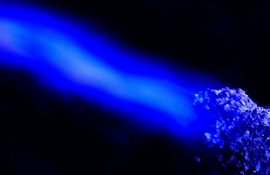
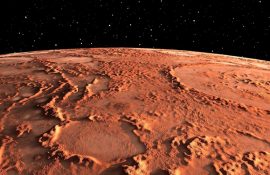
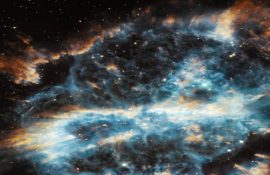

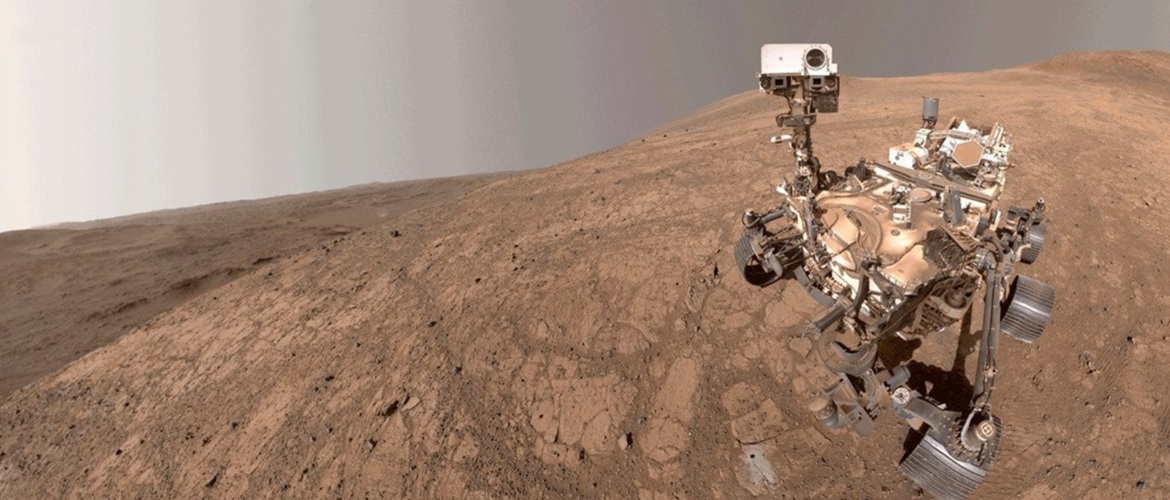
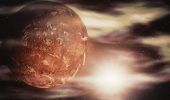

Only registered users can leave comments